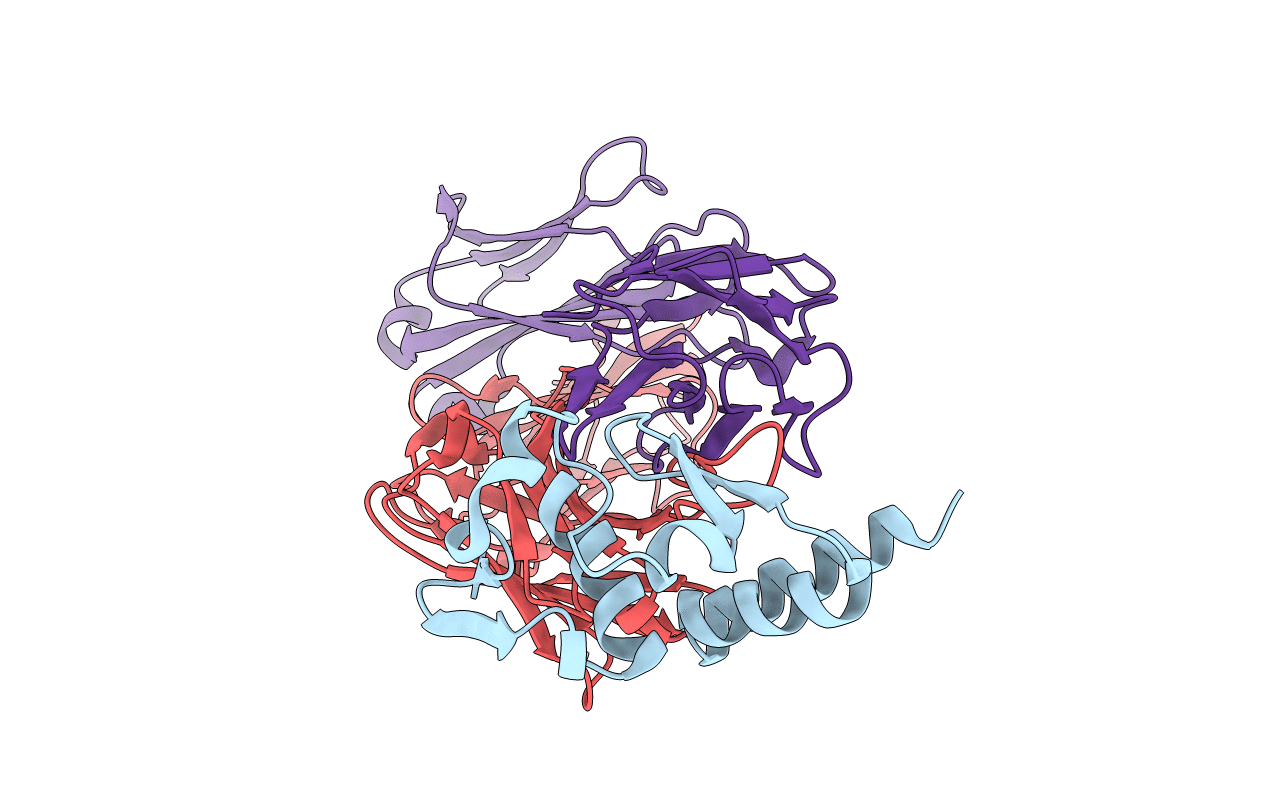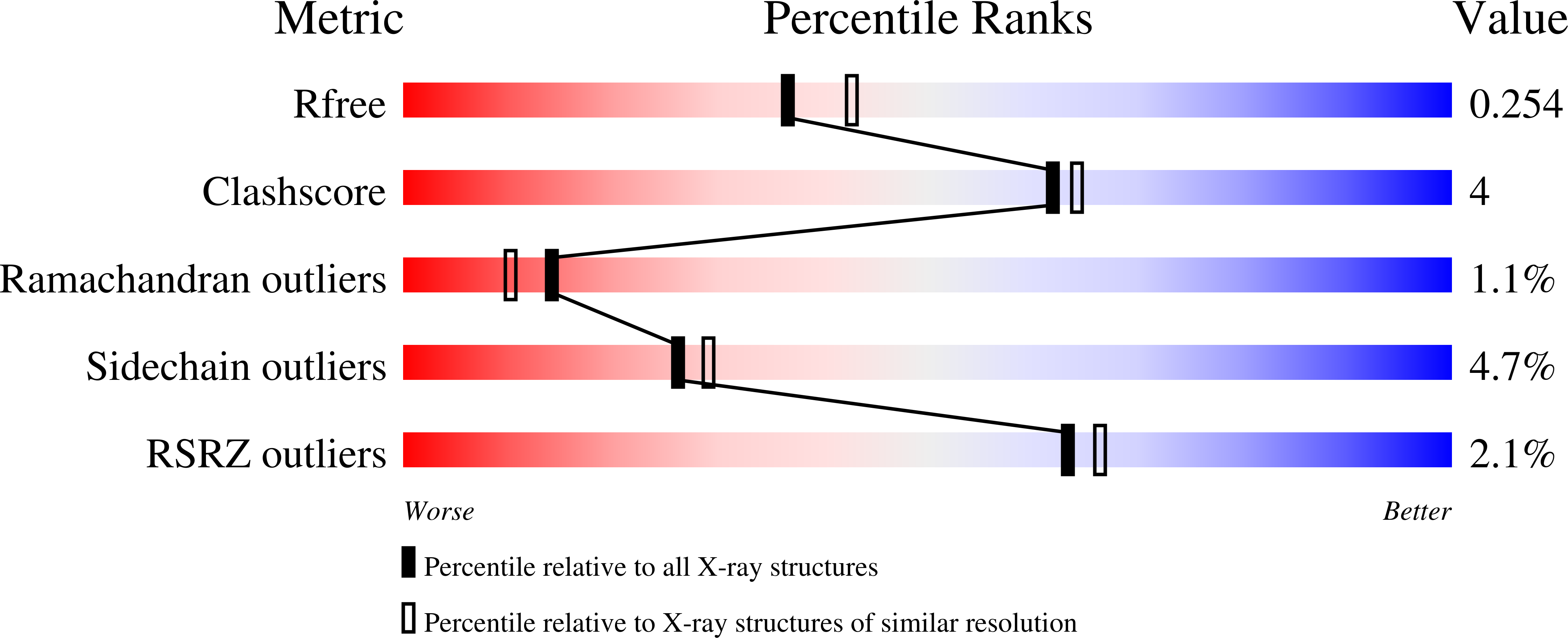
Deposition Date
2017-06-06
Release Date
2018-06-13
Last Version Date
2024-11-20
Entry Detail
PDB ID:
5W2B
Keywords:
Title:
Crystal structure of C-terminal domain of Ebola (Reston) nucleoprotein in complex with Fab fragment
Biological Source:
Source Organism:
Homo sapiens (Taxon ID: 9606)
Reston ebolavirus (Taxon ID: 386032)
Reston ebolavirus (Taxon ID: 386032)
Host Organism:
Method Details:
Experimental Method:
Resolution:
2.25 Å
R-Value Free:
0.25
R-Value Work:
0.19
R-Value Observed:
0.20
Space Group:
P 21 21 21


